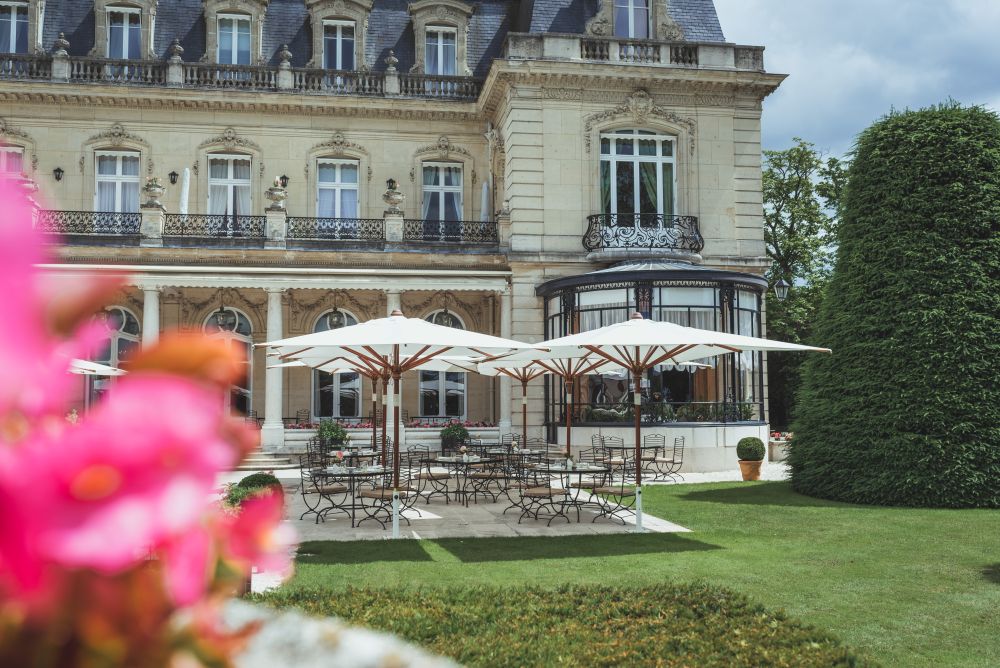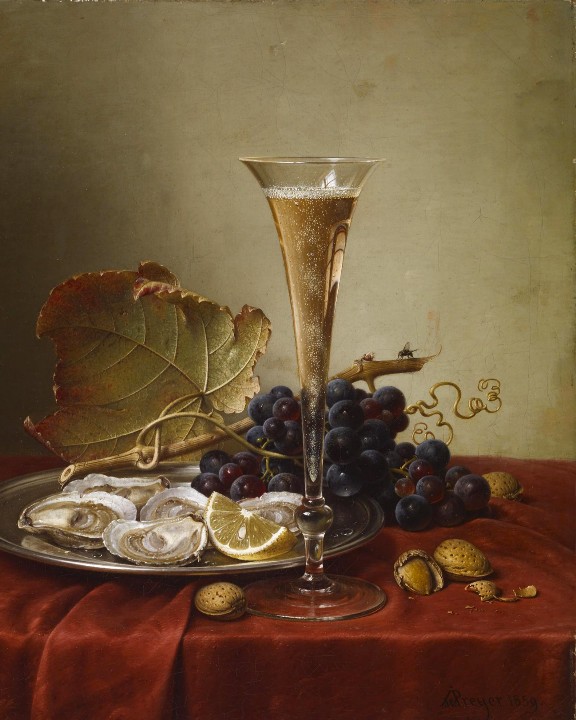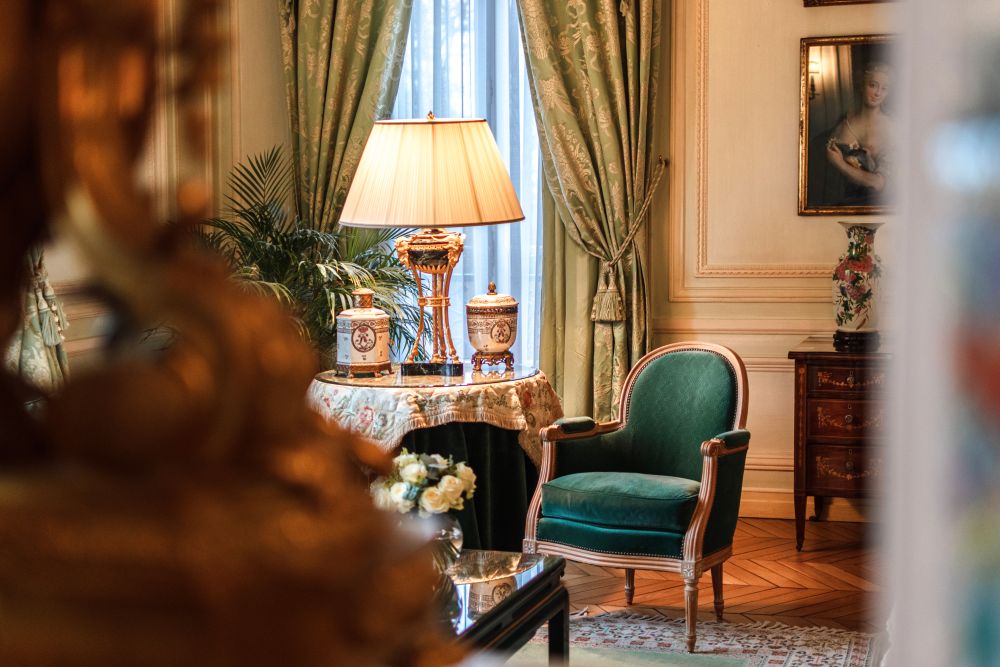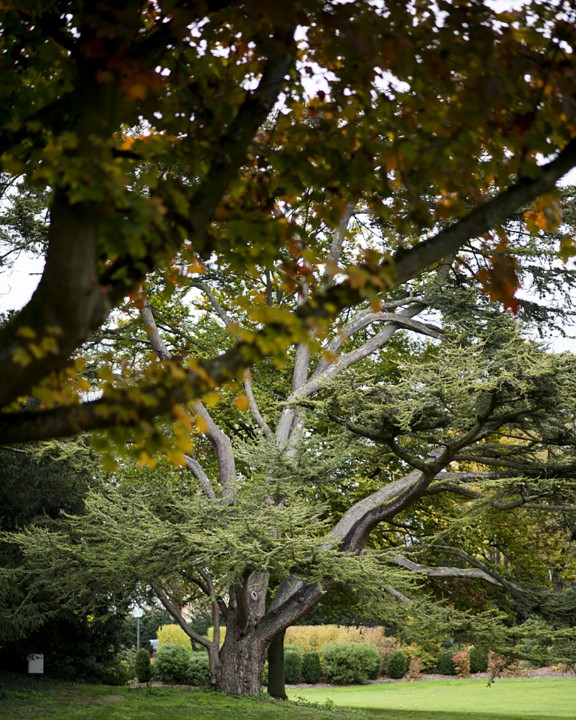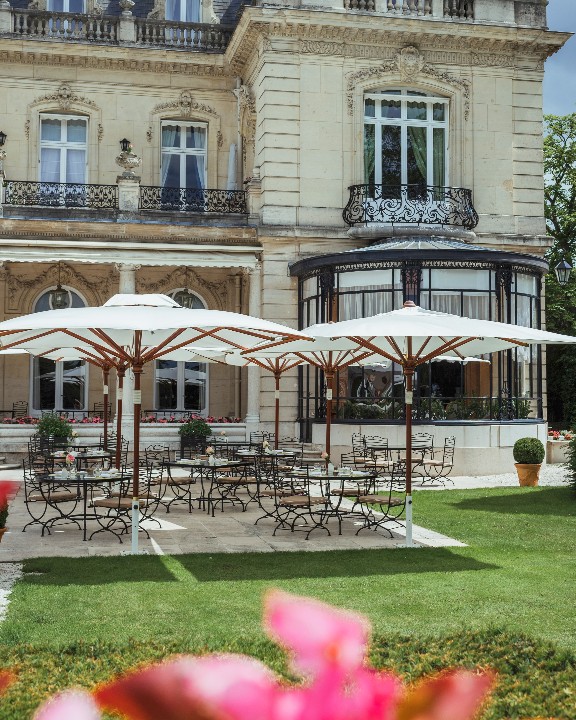 All Articles
Agenda
Art
Destination
Escape
Gastronomy
Group
Hotel
All Articles
Agenda
Art
Destination
Escape
Gastronomy
Group
Hotel
 Architecture
Art
Automotive
Fashion
Gastronomy
Architecture
Art
Automotive
Fashion
Gastronomy
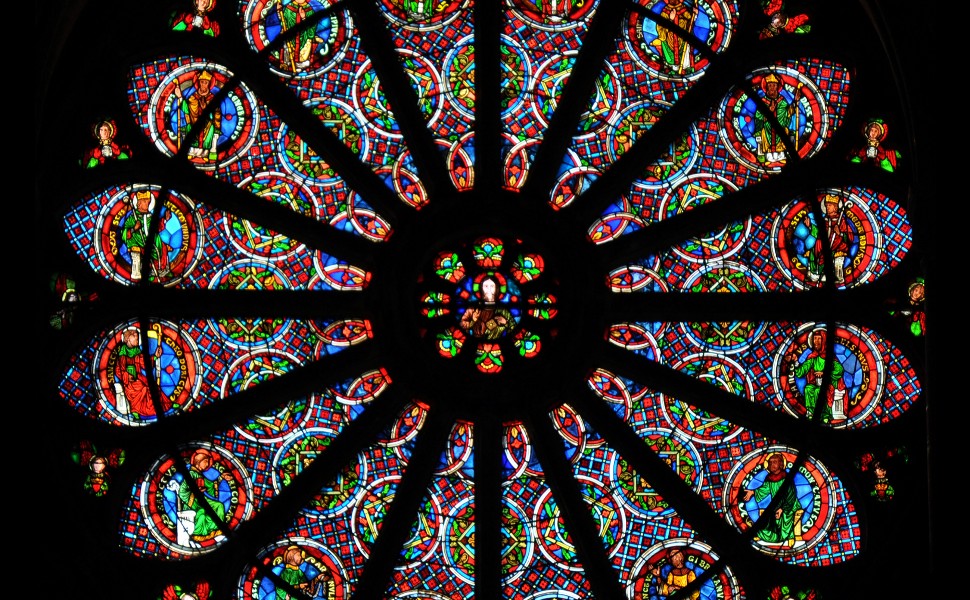
Did you know that France boasts the largest surface area of stained-glass windows in the world? They can be especially admired in the churches of Champagne-Ardenne.
Closely linked to architecture, the art of stained glass saw a real boom in Europe in the 12th century, when many churches were built. The original function of the stained-glass window was to close an opening, but it is also decorative and instructive. From the Middle Ages, the stained-glass window - the symbol of holy light - became a means for the teaching of religion. While some allow geometrical shapes to appear, the majority present figures in Christianity and illustrate passages from the Bible.
In the 13th century, with the appearance of Gothic architecture, windows became larger, stained-glass windows too. Likewise, the palette of colours used by master glassmakers was gradually enriched. We had to wait until the 14th century for the art of stained glass to attain its peak, with the arrival of the famous "silver stain". This compound was to revolutionize painting techniques on glass, producing shades of yellow, orange and amber, obtained by firing the glass at high temperatures in the kiln. In Champagne, stained glass revealed all its splendour from the 12th to 17th centuries, during which time the region became the main trading crossroads in Europe, thanks to its renowned fairs. In Châlons-en-Champagne, a few kilometres from Reims, stained glass reigns supreme.
Outstanding stained-glass windows
Inspired by romanesque art, the stained-glass windows of its old Romanesque cathedral, today's Cathedral of Saint-Etienne, were presented at the World Exhibition in Paris in 1900 for their unique character. The towns of Reims and Troyes are, however, also indissociable from the history of stained glass in France. In their cathedrals, they both contain an array of the most remarkable stained-glass windows, both ancient and contemporary. The 13th century stained-glass windows in the Notre-Dame Cathedral in Reims, such as the iconic rose adorning its main facade, blend perfectly with contem- porary creations by artists Jacques Simon, Marc Chagall and Imi Knoebel.
The same goes for the Saint-Rémi Basilica. Some of its stained-glass windows have been tweaked with contemporary elements by the well-known workshop of the Simon-Marq master glassmakers. As for the Saint-Pierre and Saint-Paul Cathedral in Troyes, it boasts an impressive collection of stained-glass windows from the 13th to 19th centuries. A real treasure trove, enabling visitors to understand the stylistic evo- lution of the art over hundreds of years. The history of this monumental art can also be discovered at the "Cité du Vitrail" in Troyes, which has just opened its doors.
The stained-glass window is a monumental art, both decorative and instructive.
To contact Reception or make a reservation, click on the bell.


